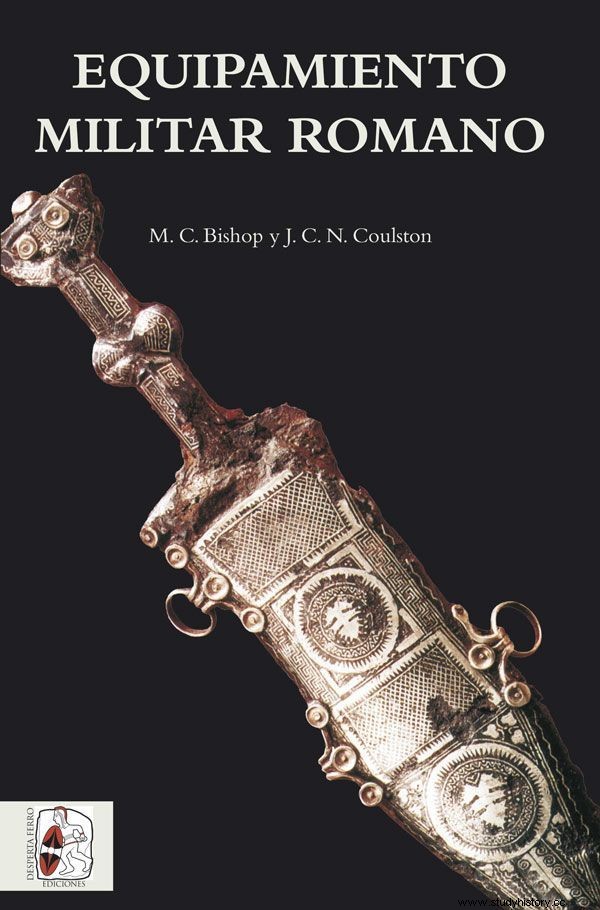
This is the first Spanish edition of an authentic classic of military history and militaria Roman. The authors of the book enjoy consolidated prestige, with a long history in this field, with individual works on multiple aspects of the complex military world, such as archery, harnesses, etc. Few books have the privilege of becoming an indispensable reference in a certain scientific field, both for the neophyte (who finds in it a remarkable overview) and for the expert (who uses this work to frame their particular studies). Its merit lies in the clear and entertaining exposition, as well as in the rigor of the data, documented not only with the most representative findings, but also with the most current discoveries. In addition, it was one of the first compilations on Roman militaria that incorporated aspects as varied as iconographic or archaeological sources, along with interpretations of a sociological nature; because previously only the book by H. R. Robinson The Armor of Imperial Rome was available in English. (London, 1975), which focused more on reconstructions. We can assure you that the publication of its first English edition, back in 1989, contributed to the popularization and revitalization of studies on Roman military equipment throughout Western Europe, breaking the monopoly enjoyed by written works until then. in German. We must not forget that, thanks to the efforts of these authors, new communication channels were opened for researchers on militaria Roman, with the periodicals Weapon and The Journal of Roman Military Equipment Studies (JRMES). The original work has already seen several editions, which were unavoidable if you wanted to update your knowledge of military equipment by adding information from lesser-known geographical areas. The edition that Desperta Ferro has translated is of particular interest to Hispania, since it includes some of the findings made in recent years, such as those from the Legio camp VII in León, something that was missing in previous editions, in which our country was represented only by discoveries from the Republican era. Regarding the plot line, which constitutes a large part of the body of the work, it traces the evolution and development of the equipment used by Roman soldiers through the centuries. It follows two parallel schemes:the chronological presentation, divided into five major periods (the Republic, from Augustus to Hadrian, the Antonines, the army in crisis and the Dominated); and the division by categories of objects (weapons, armor and other equipment), subdividing the latter into sections that concern specific groups of objects (swords, daggers, helmets...). The work is completed with introductory chapters that relate the military equipment with the iconographic or epigraphic testimonies that have survived to this day. Within this block we highlight the one dedicated to framing these findings within the archaeological evidence that supports them (weapons concealed, votive offerings, burials, etc.), especially suggestive in demonstrating how the military world permeates other areas of Roman culture. Also magnificent is the final section, which addresses, in the first place, the aspects inherent to production and technology; to finish with a series of sections where military equipment is interpreted from an anthropological point of view. The authors examine the places of manufacture within the camps themselves, the structure of the military craft or the metallurgical implications. The identity of the Roman soldier, the ownership and storage of equipment, the influence of individual soldiers' tastes in decoration, the factors that affected the dynamics of innovation that characterized equipment throughout Roman times, as well as the interaction with other towns as the engine of change, are meticulously analyzed aspects that make us understand these objects within a broader framework than the strictly functional one. We cannot fail to comment, as an added value of the work, on the very complete and extensive bibliographical section, since in it are summarized both the obligatory reading works and those anecdotal ones, which anyone attracted by militaria Roman may find of interest. As for the translation, it is a work that respects the original. Indisputable virtue, moreover, is the version of technical terms adapted to a more profane language, since it is often difficult to translate specific words from other languages without an exact correlation with ours.
Wake up Ferro Ancient and medieval #38 / November 2016
